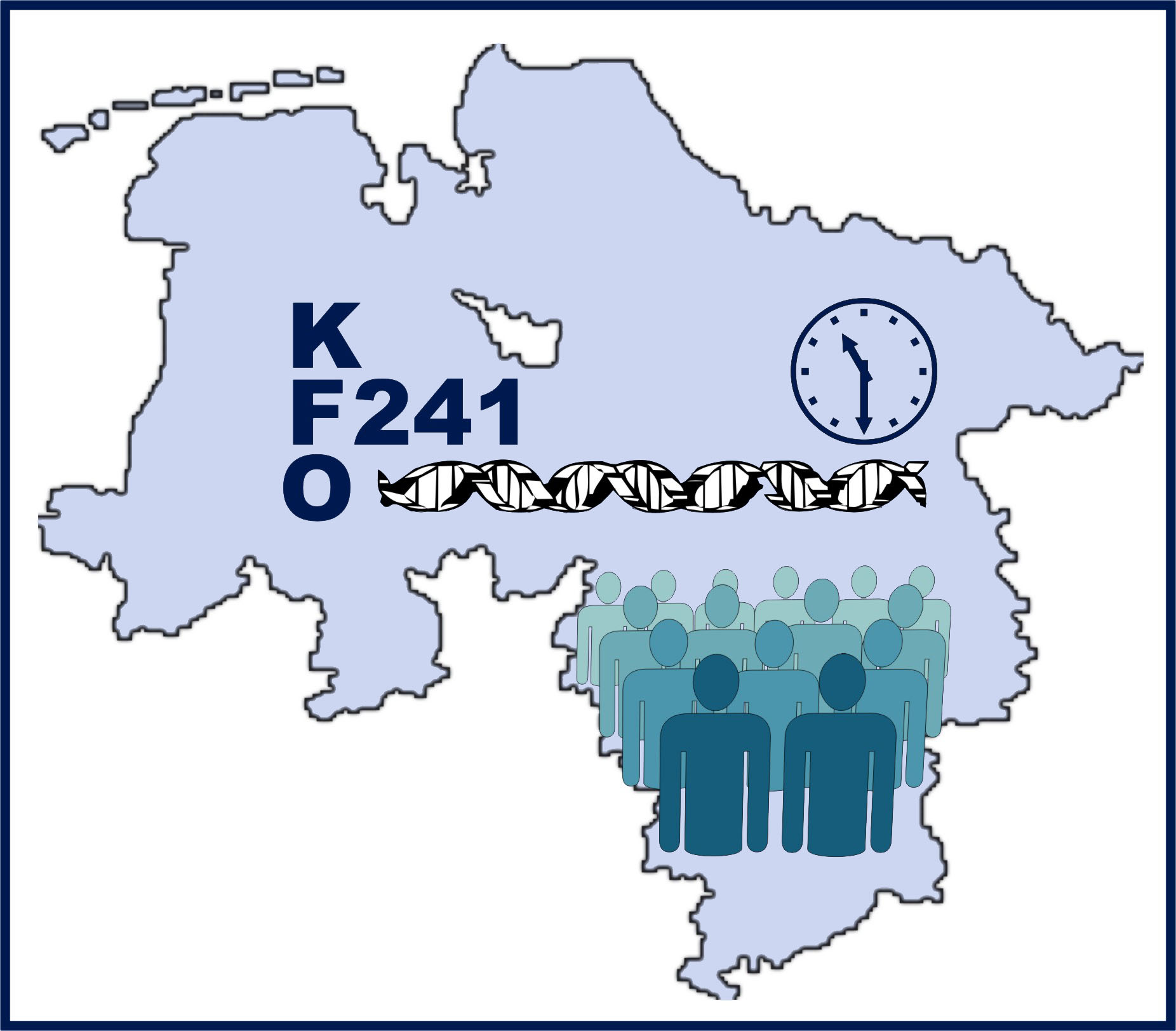From family studies to GWAS |
Modern psychiatric genetic research after 1945 was characterized by the corroboration of findings of earlier formal genetic studies (i.e. family, twin, and adoption studies) on the heritability of major disorders such as schizophrenia or bipolar disorder. These disorders were shown to have a strong genetic basis, with heritability estimates ranging between 50 and 80 %. These findings propelled the use of linkage studies to map chromosomal susceptibility loci. Likewise, a host of candidate gene association studies were performed. Yet, while statistically robust methods, such as non-parametric linkage analysis or family-based association analysis were developed, the field was characterized by an inconsistency of findings and low replication validity. Large-scale multicenter and meta-analyses helped highlighting linkage regions with a high degree of consistency across studies, but failed to offer major leads. Similarly, follow-up fine mapping and linkage disequilibrium (LD) mapping in promising regions did not unequivocally pinpoint susceptibility variants; this situation also applies to candidate-gene studies. This scenario was not limited to psychiatric disorders but proved to be characteristic to complex phenotypes in general.
Mindful of these rather disheartening experiences, researchers in the field of complex genetics entered the 21st century with great aspirations based on an ever advancing technology making genome-wide association studies (GWAS) a practical reality: After years of collecting large samples, these could be screened with a straightforward tool allowing high-throughput genotyping of up to a million single nucleotide polymorphism (SNP) markers.
Meanwhile, GWAS have been performed for several complex disease and physiological trait phenotypes, such as type I and type II diabetes, lung cancer, body-mass-index and obesity, coronary heart disease, hypertension, rheumatoid arthritis, age-related macular degeneration, Crohn's disease, prostate cancer, height, and pigmentation and hair color.
As regards GWAS of psychiatric disorders, several large studies on bipolar disorder have been published. For schizophrenia, the situation is similar.
In light of these findings, GWAS in complex disorders definitely generated success, as they have identified and replicated several susceptibility genes. In the case of bipolar disorder, DGKH (Diacylglycerol kinase eta), CACNA1C (calcium channel, voltagedependent, L type, alpha 1C subunit), and ANK3 (Ankyrin 3) have been found associated across samples. The gene ZNF804A encoding a zinc finger protein has been found associated with schizophrenia and bipolar disorder. Recent studies detected genome-wide significant SNP associations in the extended major histocompatibility complex region on chromosome 6. The latter study also reported genome-wide significant association with markers in the neurogranin (NRGN) and the transcription factor 4 (TCF4) genes.
The aforementioned findings were observed at commonly accepted genome-wide levels of significance (p < 10-7).
In comparison with the larger number of replicated findings in somatic disorders and traits, the yield in GWAS of psychiatric
disorders may appear daunting to many outside the field. However, GWAS of psychiatric phenotypes have taught us some important
lessons. These are, firstly, the proven polygenic nature of psychiatric disorders; secondly, the fact that GWAS results expand
our theories about the likely molecular basis of psychopathology, given that the aforementioned genes cannot be considered
"usual or anticipated suspects"; thirdly, the risk of pursuing a "top-hits-only" strategy, and fourthly,
the notion of allelic heterogeneity being an important factor in complex genetics. Finally, GWAS have confronted us with a
puzzling reality. For all phenotypes studied by GWAS so far, the identified variants only account for a small fraction of the
genetic variability, even for traits such as adult height, for which numerous GWAS on huge samples have been conducted.
This phenomenon has become known as the "case of the missing heritability".
'The case of the missing heritability' and its consequences for future approaches in biological psychiatric research
The aforementioned scenario may lead to the impression of GWAS having failed and the genetics of complex disorders
being too complex to ever be understood and that they should be given up entirely. However, in the scientific community there is
broad consensus that we have not yet exhausted the range of possible approaches: while GWAS have identified susceptibility variants,
they need to be embedded in a framework of complementary approaches. Concerning psychiatric disorders, such framework necessitates
the full breadth of clinical and molecular biological techniques and strategies. These include genomics and epigenomics, phenomics,
neurobiology, and the study of the environment.

